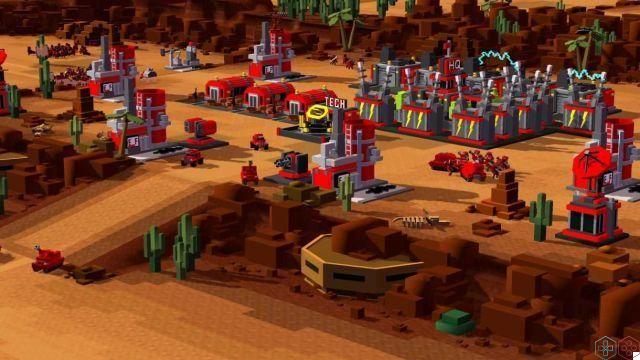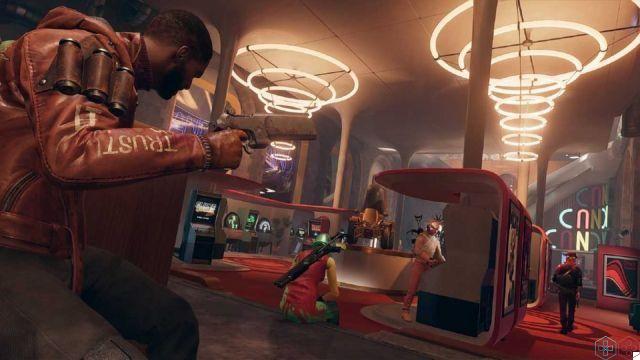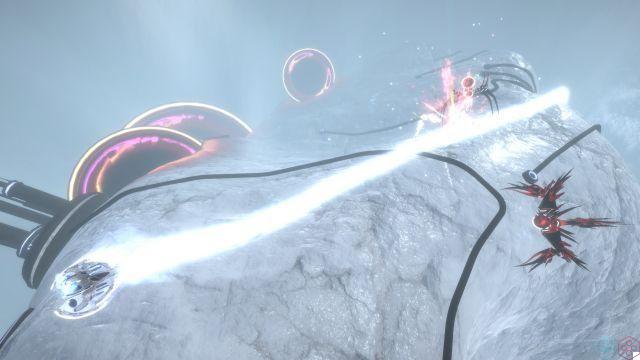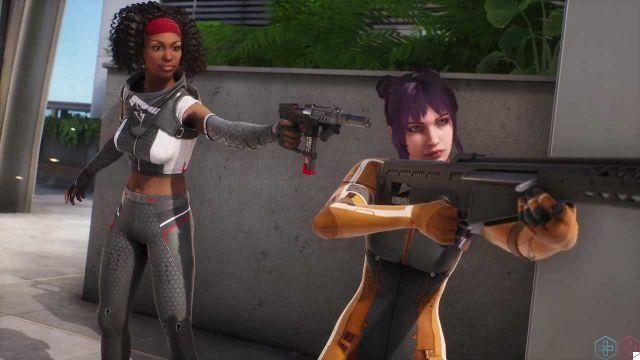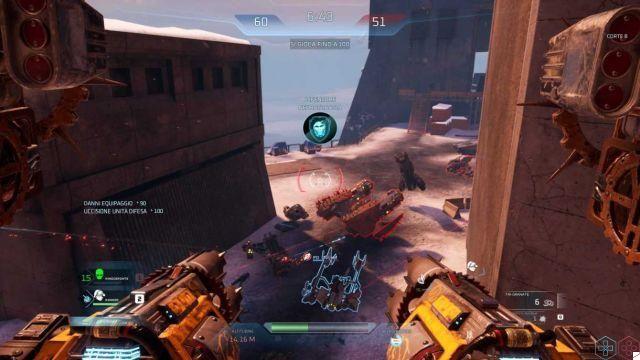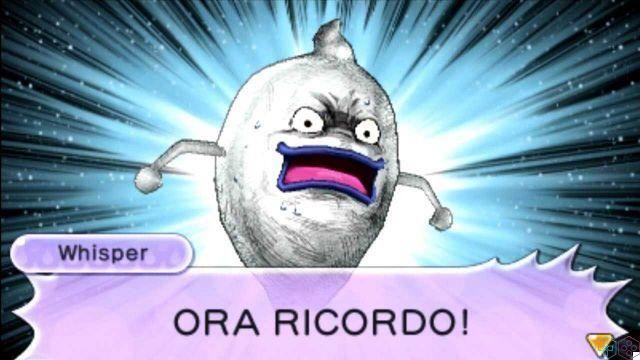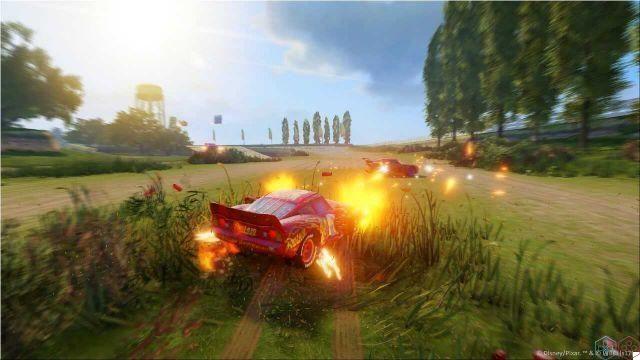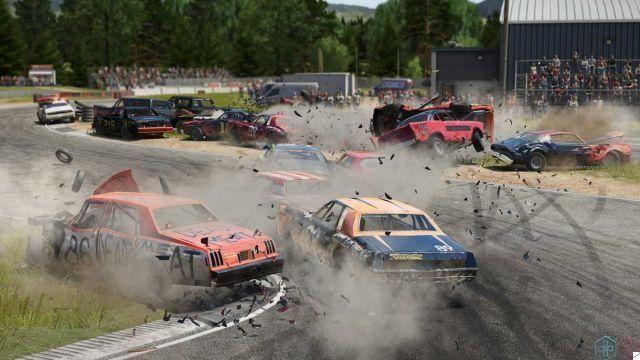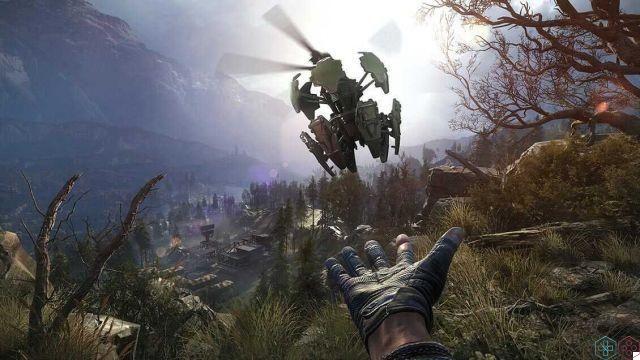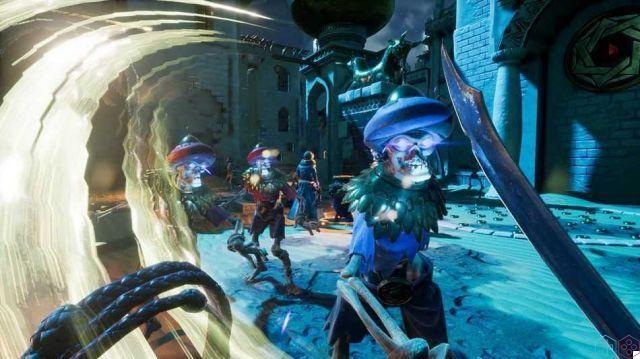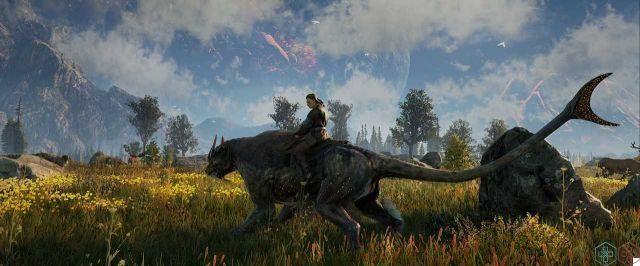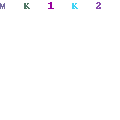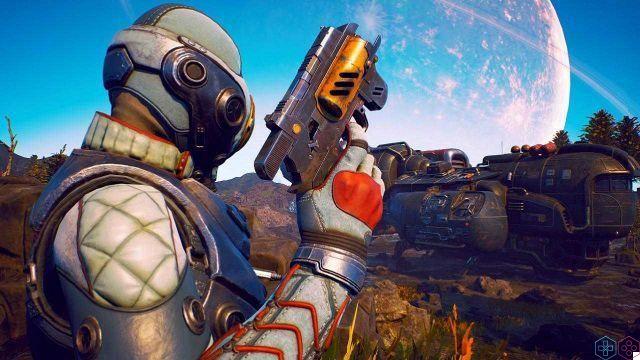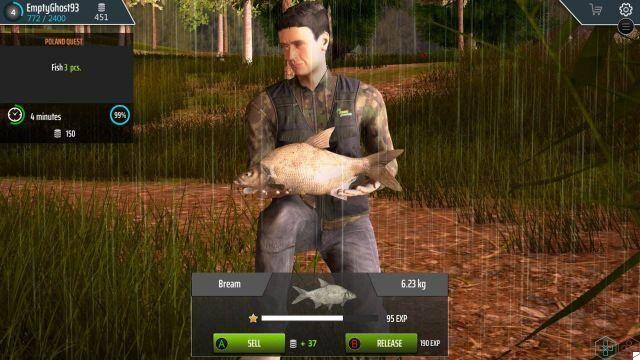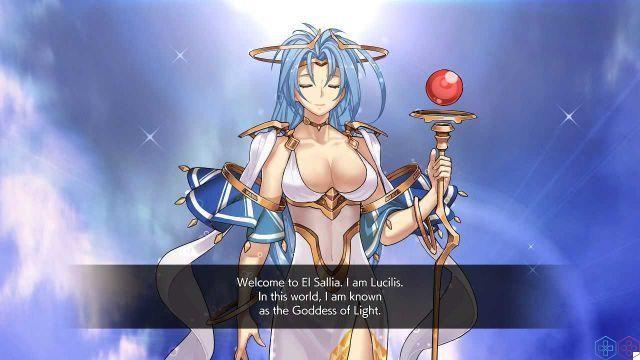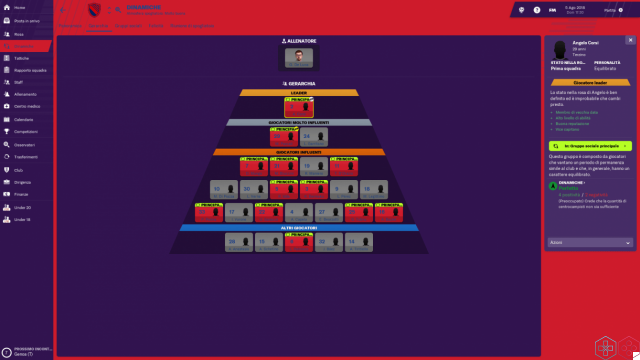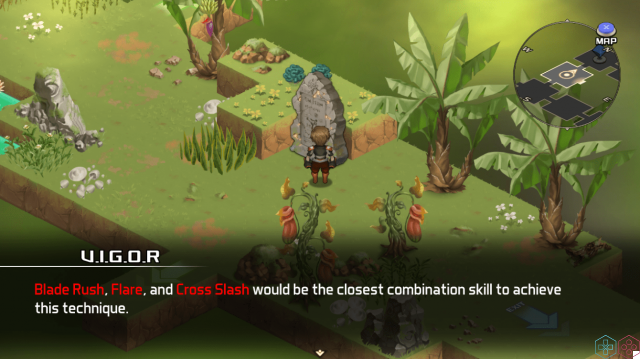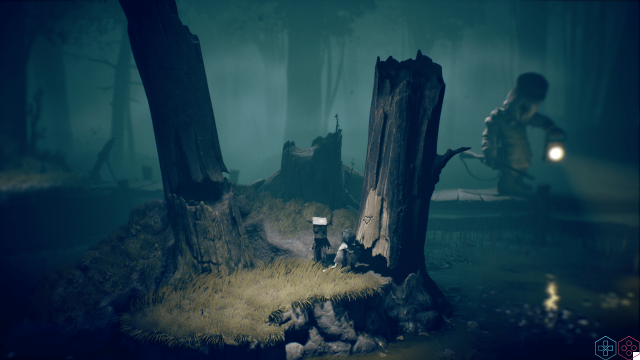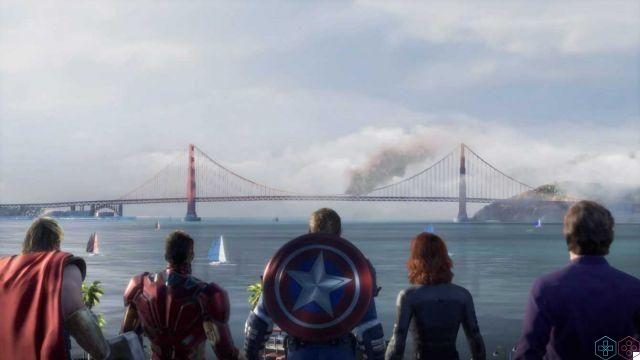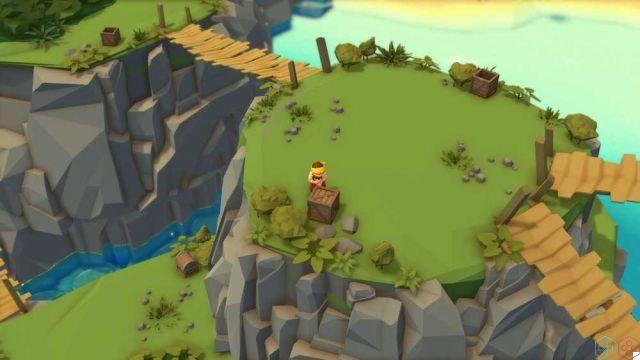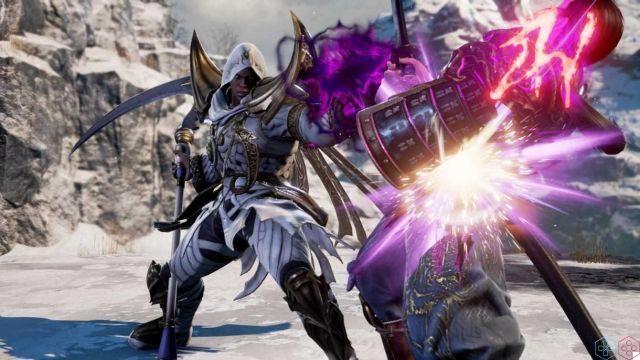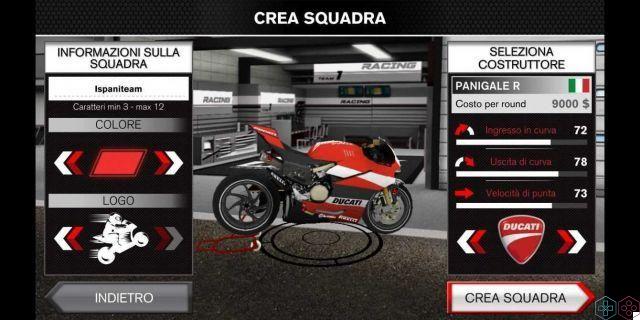Gust's new proposal is called Blue Reflection, a particular but far from perfect JRPG majokko / slice of life, let's find out together how the magical girls fare
With a few months off from the Japanese version, Gust Co. Ltd. and Koei Tecmo bring their latest JRPG proposal to Europe: Blue reflection. After the countless chapters of the Atelier saga, Gust churns out a new IP: this time we will not have to deal with alchemy and fantasy worlds, but with a majokko with a classic slice of life cut. For anyone unfamiliar with this Rising Sun terminology, we're talking about a work that focuses on a group of magical girls who have to fight a great threat to defend Earth. In short, if it still wasn't clear enough, Sailor Moon.
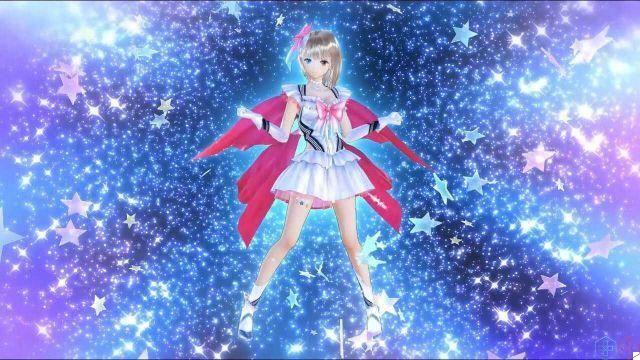
Blue Reflection: ballerina magica
The protagonist of the story is Hinako, a girl in the first year of high school with a promising career as a dancer on the horizon. Unfortunately, following an undefined accident, Hinako injures her knee and totally loses the ability to withstand the efforts required by ballet. He then falls into depression and refuses to start a "normal" life at Hishinomiya Girl's Highschool. When she finally starts dating, Hinako will discover that she is a Reflector, a girl with great powers who has the task of defending the Earth from the Sephira, monstrous and gigantic beings. If he succeeds, the girl will be able to make a wish. Helping her will be Yuzu and Lime, two mysterious classmates. These three girls will be the only members of the party from start to finish.
Defeating the Sephira, however, is a tall order and it will be necessary to become more powerful. To do this, it is necessary to collect Fragments, or materializations of human emotions. The school will be a place of connection between reality and the Common, a dimension created by the human unconscious and populated by hostile demons. The Common will be the hunting place for the Reflectors: girls will have to immerse themselves in it whenever a schoolmate falls victim to their emotions and consequently generates a Fragment.
This is the beginning but also an explanation of the game mechanics. Let's go in order, though. Blue Reflection is a JRPG, which is a Japanese RPG. Let's see in more detail what we are talking about.
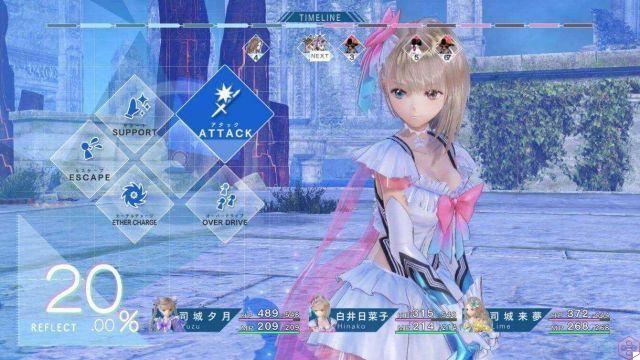
Blue Reflection's varied combat system
The work is structured around a turn-based system based on a timeline. The characters act in an order defined by their position on a timeline: on the left we will see our protagonists and on the right the enemies. The characters' icons move towards the center of the line: upon reaching their destination, the character takes his turn using an ability. At that point it is repositioned on the timeline according to the skill used: powerful moves will put us at the ends of the line, while weak moves will position us a few centimeters from the center.
This mechanic is the heart of Blue Reflection, what we should always pay attention to. In fact, the mahō shōjo (magical girls) will have some attacks in their repertoire of moves that are able to move enemies away from the center, effectively delaying their turn. In addition to these, we will be able to perform single or group attacks, heal and strengthen the companions or weaken the opponents with various malus. Any move, except basic attack, consumes MP.
The second core of the combat system is Ether. Narratively, Ether is an energy derived from human emotions that the Reflectors can harness. Basically, Ether allows you to perform multiple moves in one turn. Each extra move (initially we can only use one, but in the end three) consumes 30% of Ether. To earn Ether there is a special command that also allows you to recover MP. To this, we must add the fact that the attacks of the Reflectors consume a lot of MP, so it will not be possible to use the various moves without worrying about running out of magic points. Also, in the later stages, using three extra moves at once will lead to a devastating Super Move. A variegated and pleasantly tactical system is therefore outlined, which sees us playing with turn positions, MP consumption, and extra moves via Ether.
Unfortunately everything is destroyed by the very low difficulty level. Only in the bossfight will it really be necessary to take advantage of all the aforementioned options. Most fights will end in a few hits. Also, at the end of each fight the team is fully healed. I played on maximum difficulty and never saw the game over screen; I have never even risked losing. In theory (but I have not experienced it with my hand) in case of defeat you simply return to the real world and you can immediately re-enter the Common to complete the mission.
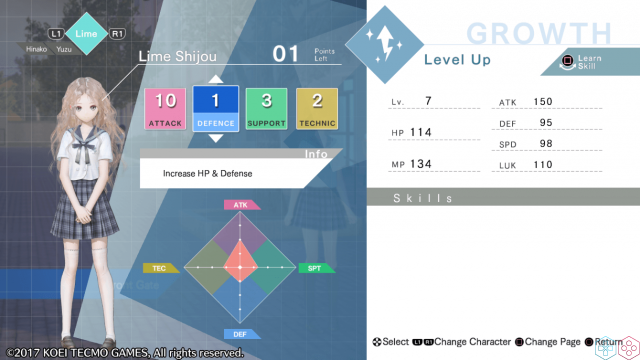
Level ups and missions are closely linked to each other
To simplify things even more, he comes to the rescue the level up system of the game. We will not have the classic experience points to level up our three girls. As mentioned, Reflectors draw their power from Shards: getting one means leveling up. These are obtained in several ways, not very dissimilar to each other, however.
The structure of the game is in fact quite monotonous (please note the accent). First we'll have a narrative episode where a new girl will be introduced (there are twelve in total): we'll get to know her, find out what's troubling her, get in touch with her, and get her Fragment after a handful of fights. After that we will have a phase of secondary missions, in which we will have to complete a minimum amount of them in order to continue. To these are added the questlines of the companions we will have met during the story. It is just a matter of talking to them, inviting them to go out (watching a small, empty and not very impactful curtain) to be assigned a skill point.
The skills of a dancer
All this is easy, fast and makes the protagonists of the war machines impossible to block. Having obtained the skill point, we can assign it to one of four categories: attack, defense, support, technique. Each of them will affect one of the girls' stats: support, for example, increases MP and Luck, while technique increases Speed. However, this will not be our main goal for two reasons. To start, the stats all improve with each level up anyway and we're just going to add an extra here or there depending on where we place the point. The protagonists already have a defined direction and we will not be able to upset their statistics. The second reason is related to fighting skills. In fact, some of these are learned automatically by advancing a level, but many will be unlocked only when certain characteristics are reached. We will always know which skills we are going to unlock so we can place the points accordingly.
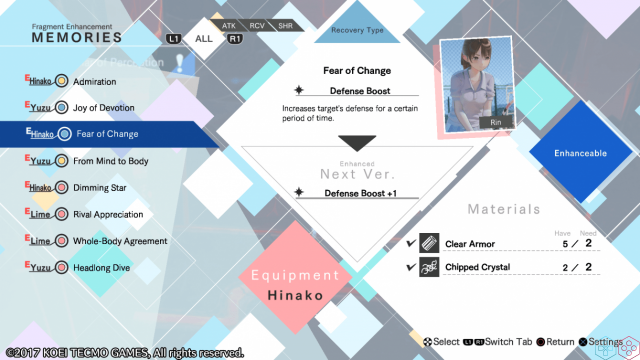
The mechanics of missions and loot
Most of the time we won't have to do much else other than complete missions within the Common. The dungeons are small, linear and will tend to repeat themselves very quickly. Probably a procedural generation would have made exploration more interesting. Regardless of whether you are completing a main mission or a secondary mission, all we have to do is walk, collect some objects from the ground and defeat the enemies visible around us: no random combat, therefore. We can easily avoid them, but enemies will drop a lot of loot.
It will allow you to create objects to be used before battles (during the clashes they cannot be used) to temporarily enhance the team (which is useless to say the least), or objects aimed at crafting. Indeed the Fragments of the girls that we will get in the course of the game are equipments to assign to various combat moves to make them more powerful or add extra effects. Using them correctly will allow us to become even stronger. In this sense, the variety is decent and it won't hurt to imagine some interesting effect combos.
Blue Reflection: between reality and dream
We will then find ourselves moving between the real world and the dungeons of the Common. The school will be the only explorable location in the real world, However. Moreover, in addition to moving from one place to another to talk to the right girl who will activate the mission of our choice, we will not have to do much else. We will be able to move on foot, from floor to floor and from classroom to classroom, but it is also possible to take advantage of a teleportation via the school map: this second option is the best choice, given the uselessness and slowness of the movement. The setting offers all those classic Japanese school places. The soft colors of these environments, however, tend to tire quickly. This, added to the realistic and not very particular graphic style, makes the school a visually uninteresting place.
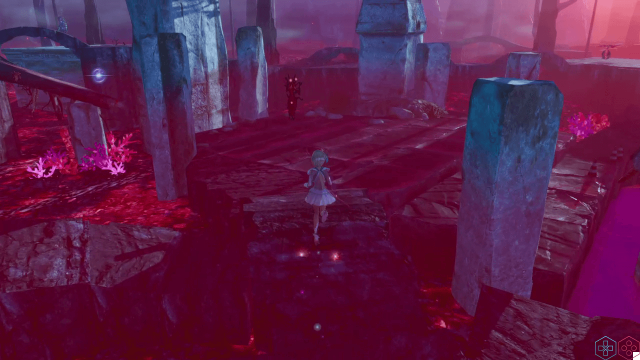
Dungeons, as has been said, will tend to repeat themselves. Fortunately, in this case, the style adopted is quite beautiful. They are divided into four styles (based on four emotions) and, in the advanced stages, they will begin to merge with each other giving very nice dream glimpses, although technically never incredible. Common enemies are also characterized quite well. The bosses, on the other hand, seem designed with an alien style at work: which will like it or not depending on your tastes. Their real problem, however, lies in the fact that they are all identical in terms of game mechanics: the battle tactic to be adopted will therefore always be the same. They are also all recycled at least twice. A great pity since these are the only moments in which we are called to take advantage of good game ideas. Small note, the friends will become a help (attacks, heals, upgrades) during the battles against the bosses: not very effective, but it gives another bit of tactics.
On the other hand, at an excellent level animations of the attacks, especially the advanced ones, which, among the effects of light, vaulting and particles, know how to give that majokko touch that touches the hearts of fans.
In both areas, the background music is well done and always adequate. The dubbing, in Japanese only, is also good. The game is subtitled in English: obviously not even the shadow of the Spanish. It is possible to listen to any soundtrack (after having unlocked it by advancing in the plot) through a menu, thus creating a playlist of your favorite OSTs to be sent in loop. Great thing.
The protagonists and their friends are rendered with a slightly plastic effect, particular and appreciable. Almost from action figures, we could say. Unfortunately their limited "naturalness" and the scarcity of animations and facial expressions, will affect the narrative strength of the events of our mahō shōjo.
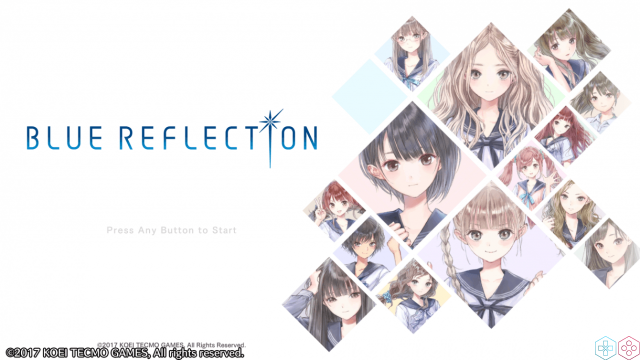
Blue Reflection: the story of a girl and how she saved the world
The story that we are going to live is completely within the canons of anime majokko and slice of life. The story is nice, although a bit obvious both in its main component and in the subplots of the various companions. In this sense, there are many secondary elements that deepen the knowledge of friends, such as a chat on a mobile phone and curtains activated at the end of the school day. The former are nice, minus the latter.
Unfortunately the narration is on average poorly managed in terms of rhythm and direction. This second problem is attributable to the "budget" nature of the work (not in the price since we are around € 59.99) which clearly does not fall within the AAA circle and from which incredible care cannot be expected for this sector. The first problem, on the other hand, is absolutely the consequence of a non-optimal realization. The initial stages tend to take it very easy, while in the advanced stages the story of the background accelerates considerably, as if the developers have realized that the players are starting to get bored.
Blue Reflection: who should buy it?
Gust's work is a JRPG that tries to avoid the player's fatigue or headaches. It aims to streamline the classic mechanics and lower the level of difficulty, but exaggerating on several fronts. At the same time, as JRPG is aware of its own nature, it does not want to give up proposing a dignified volume of content, ignoring the heavy repetition. It is a work that JRPG fans, accustomed to more structured and complex works, might consider too limited. The best audience for Blue Reflection is made up of players intrigued by Japanese works but who don't have the courage to throw themselves into a world that is perhaps a bit exclusive. The majokko theme is indeed very rare and might be enough for some super fans.
Last note, be careful to enter the final stage (the one after a thousand points, who will play will understand what I mean) as the game after the final boss will not make you return to a phase in which it is possible to complete the secondary events, thus forcing anyone who wants to get 100% to redo a second game. A truly deplorable inattention in the design phase. Create a secondary save and stick with it. As for longevity, expect it between 30 and 40 hours approximately, depending on the level of completeness you are aiming for.
Thanks to Koei Tecmo for granting us a copy for the review. The game is available on PC and PlayStation 4, version we have tested.
7.1 Puella Magi Hinako MagicaPoints in favor
- Good tactical possibilities ...
- Great dungeon style ...
- There aren't many majokko JRPGs
Points against
- ... destroyed by low difficulty
- ... but with a too limited exploration factor
- Poorly managed storytelling




